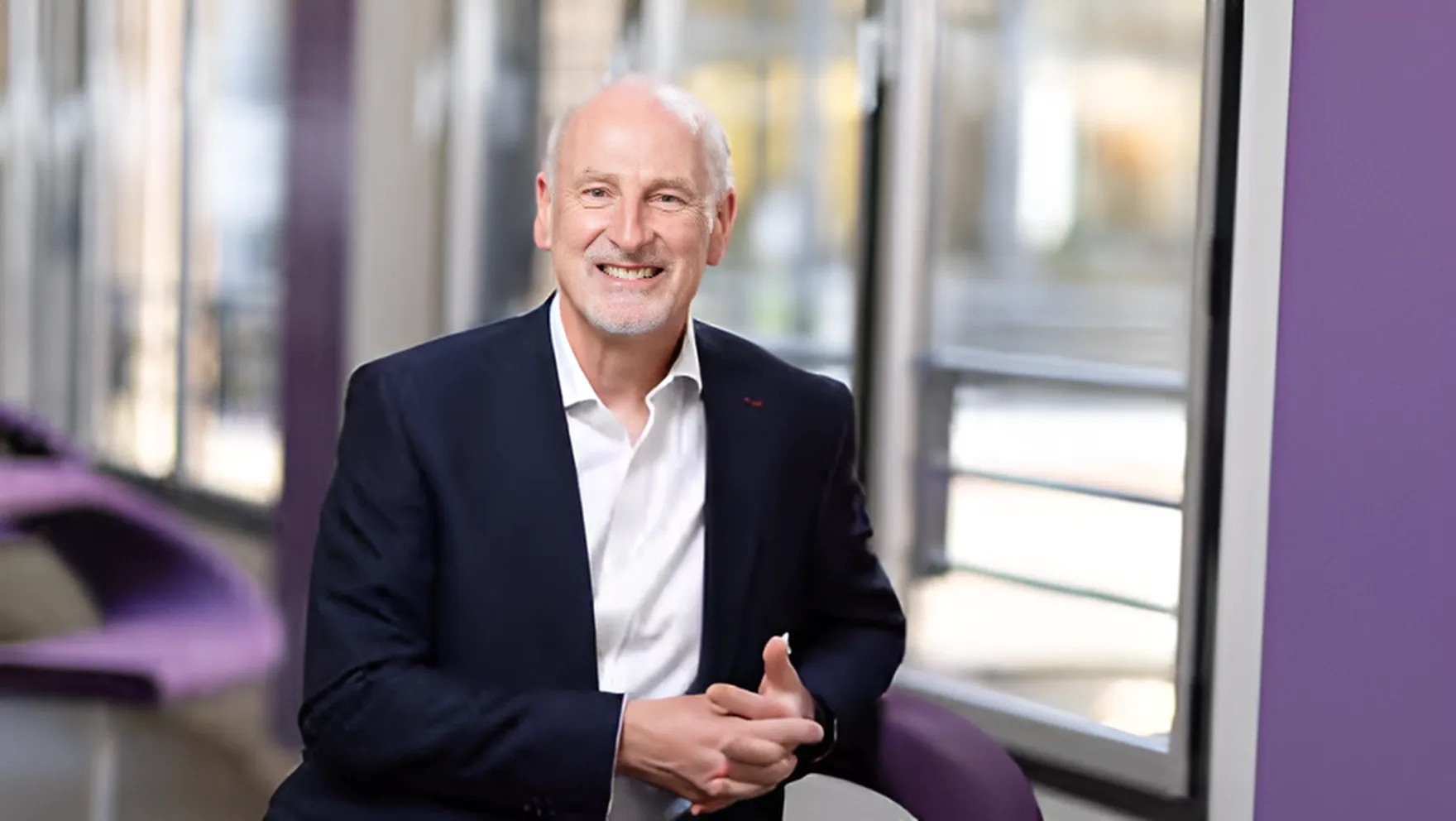The New Sales Cycle
Shopping is not what it used to be.
Social media, mobile tech and the democratization of information have elevated consumer expectations. Digital innovation has transformed how people seek out, select and pay for products. In response, modern brands must innovate—even disrupt their own business models—or run the risk of being outclassed by the competition.
In the fast-moving consumer goods (FMCG) sector in particular, the heat is on. Industry leaders are already using artificial intelligence (AI) and augmented reality (AR) to revolutionize the way consumers interact with and talk about their brands. And companies that fail to anticipate and adapt to shifting demands could lose ground to their nimbler, more responsive counterparts.
FMCG companies can navigate this sea change by leveraging powerful digital tools—including big data, AI and cognitive technologies—to transform their sales cycles. These five steps will help them recast the customer experience and recalibrate cycles for the digital age.
FMCG companies can navigate this sea change by leveraging powerful digital tools—including big data, AI and cognitive technologies—to transform their sales cycles.
1. Listen to Your Customers
Are your products still relevant to consumers? Do they give customers what they want or need? Do you even know what those wants or needs are?
According to a recent KPMG Global CEO Outlook, many business leaders are not so sure. In the 2016 report, 82 percent of CEOs surveyed said they were worried about the relevance of their products or services.
In the ultra-competitive FMCG space, companies must keep their finger on the pulse to avoid becoming antediluvian. To that end, many brands are leveraging the power of big data by tracking and analyzing transactional information, customer relationship management details, social media and business applications to better predict consumer behaviors. In fact, according to the KPMG report, data and analytics will be a top investment through 2019.
Yet, for many, extracting and implementing insights from that data can be a slow and arduous process. To leap ahead, some organizations are leaning on AI and machine learning.
India-based Bajaj Electricals, for example, recently launched its internet of things experience center with a goal, in part, of getting a clearer take on the industry and brand through social media monitoring. “The center will make extensive use of real-time analytics to help its B2B and B2C businesses to take data-driven decisions through dashboarding and advanced modeling,” Anant Bajaj, joint managing director of the company, told The Economic Times. “The real-time analytics will help us tap into latent business opportunities. Despite being a strong national brand, Bajaj Electricals is not strong in the southern markets like Tamil Nadu. Through real-time analytics, we will figure out what’s keeping us from being a big success in the South.”
2. Target Your Message
Mass messaging is a thing of the past. Even traditional demographic segmentation is no longer enough to keep consumers engaged. Instead, organizations are using community segmentation—focusing on a cross-section of customers connected more by their lifestyles than age, income or education level—to drive more meaningful consumer interactions.
Personal care manufacturer High Ridge Brands, for example, captures a vast amount of customer data from email, social, mobile, and earned and owned digital channels. While warranty cards, mail-in promotions and street teams have long been used to collect consumer data, digital channels now make the data collection process faster and more comprehensive. According to Forbes, this data also reduces “the cost of sales by optimizing customer segmentation, the effectiveness of media and channels and the impact of product promotions.”
“We’re working hard to build deep consumer profiles which enables sophisticated targeting for our marketing messages,” James Daniels, CEO of High Ridge Brands, told Forbes. “By leveraging analytics, we can deliver promotions and offers more efficiently to our consumers, and build our brands using owned media assets including our millions of Facebook fans, email subscribers and website visitors versus solely relying on paid media channels and at-shelf promotions.”
“We’re working hard to build deep consumer profiles which enables sophisticated targeting for our marketing messages.” —James Daniels, CEO, High Ridge Brands to Forbes

3. Keep Consumers Engaged
Today’s consumers are immune to generic advertising. To cut through the static, companies are using technology that helps them connect with consumers on their terms and in their preferred channel. AI and machine learning, for example, let organizations target customer communications based on past or present behavioral patterns.
Blackmores, one of Australia’s leading vitamin and supplement brands, recently launched Well Bot, an AI assistant on text or Facebook Messenger that offers personalized fitness, nutrition, beauty and mindfulness action plans. Users can ask questions, get tips and create an action plan around obtaining a healthy lifestyle. The bespoke bot drives customers to purchase vitamins and supplements to help them achieve their goals.
Procter & Gamble Co. is also promoting one of its top products via AI- and cognitive-driven interactions. Its Olay Skin Advisor app allows women to take selfies, have their skin age analyzed and receive personalized Olay product recommendations based on that analysis.
4. Go To Your Customers (Do Not Expect Them to Come to You)
Today’s consumers are omnipresent and omnichannel—and they expect your brand to be as well. FMCG companies have to figure out where their customers are (or where they want to be) and explore and experiment with every possible channel for engagement.
Domino’s has taken the lead on this anywhere-and-everywhere approach. Seven years ago, growth at the global pizza brand was petering out and its stock price was less than $9 per share. Today, Domino’s is the second-largest pizza chain in the world with a share price approaching $220. A major driver of that success has been the company’s eagerness to take advantage of every possible customer engagement outlet the digital revolution has drummed up.
Customers can now order via Domino’s app, directly via Twitter or even by simply texting an emoji. The company also launched a live tracker app that lets customers follow each stage of their order in real time—from cooking to leaving the store. In some countries, it even includes a GPS feature to track the delivery driver’s location. And in March, Domino’s launched DRU Assist, an in-app AI-based technology that will allow customers to order a pizza using their voice, according to ZDNet.
However, some product categories have been slower to adopt the anytime, anywhere e-commerce approach. Despite the surge in popularity for services like Amazon Pantry, a recent Retail Dive U.S. Consumer Survey found that respondents prefer to purchase home essentials in a brick-and-mortar store versus online. But as AR and VR improve and become more mainstream—enabling consumers to “experience” products at home before they purchase—these in-store preferences may begin to erode.
5. After-Sales Engagement and Beyond
Engagements should not end after a purchase is made. Share on X Consumers will still interact with the brand and, perhaps more importantly, influence others after a purchase is made. This creates a feedback loop companies leverage to listen, adapt and update their customer experience.
In addition, companies developing new products should find ways to connect with future and existing customers. With enough information about end users, brands can use virtual reality and 3-D modeling to develop and visualize a more targeted product before it reaches the consumer-testing phase.
To get there, companies must look beyond the sales cycle for new ways to collect more comprehensive customer data.
Take Unilever. Last August, in order to gain data on changing consumer behaviors, the mega-player launched a three-month partnership with mobile dry cleaning and laundry startup Zipjet, according to Marketing Week. Using Zipjet (the Uber of laundry services), London-based customers could have their clothes washed with Unilever’s Persil washing powder. The company then received demographic information about the customers who opted for the product.
“In the e-commerce space, there is another layer of information,” Zipjet co-founder and managing director Lorenzo Franzi told Marketing Week. “We know much more what customers are browsing for and do when they’re shopping compared to the physical retailers. We know exactly what type of demographics use us and therefore own a lot of valuable data.”



